You are here
Bolgan ana mausoleum.

Sacred places of Ulytau.
“Bulgan-Ana, located at the mouth of the Kara-Kengir, on the Kara-Jar, is white; This is a small building with a dome, the same design as all the others.”
“About the Kyrgyz-Kaisak graves (moles) and antiquities in general.” Chokan Valikhanov. Collected works in 5 volumes. 1985 Volume 1. Page 190 - 197.
Ulytau and Central Asia on Silk Road Tour.
Bolgan Ana mausoleum is located at an altitude of 319 meters above sea level, located in interfluve of Syrasu and Kara-Kengir, in northern part of vast cemetery, 2.2 kilometers from right bank of Kara-Kengir River, 10.9 kilometers to north and slightly east from confluence of Syrasu River into Kara-Kengir River, 43.6 kilometers southeast of town of Zhezkazgan, 60.5 kilometers northwest of village of Akkense, in Ulytau district of region of same name.
The mausoleum of Bolgan Ana is located on a hill, in the ancient cemetery of Bolganon. Here, in the cemetery, 13 meters east of the Bolgan Ana mausoleum, there is the Kulan Ana mausoleum. The mausoleum is a single-chamber structure of a portal-dome type, almost square in plan (926 x 1090 x 930 x 1085 meters along the outer contour).
Oriented with an exit to the southwest (in the direction favorable in the Chinese tradition), built entirely from well-burnt square bricks (32 x 32 x 6 cm). The foundation of the structure is shallow and filled with clay mortar mixed with the same brick, which is probably why the mausoleum has suffered so much over time.
The dome, its supporting ceilings and supporting elements, together with the upper part of the walls and portal adjacent to them, were completely destroyed. However, the surviving part of the walls up to 2.9 meters high and the portal up to 3.7 (4.7) meters high allow us to judge the structure - its proportions, composition and style - in many respects reminiscent of the Ayakkamyr mausoleum.
Like the Ayakkamyr mausoleum, the Bolgan ana mausoleum is made of square bricks (albeit slightly larger, and therefore giving slightly fewer masonry joints), and has almost the same ratio of facade to side wall. Also in the powerful (3.1 meters thick) portal there is a relatively shallow (1.2 meters), despite its width (2.6 meters), niche, the top of which was once decorated with a wedge-shaped arched vault, the niche was framed by a U-shaped recess , width 48 cm.
Almost symmetrically with respect to the U-shaped recess, two more (12 cm deep) were made in the portal, vertical - one on each side. The recesses were apparently intended for the installation of ornamental terracotta slabs. Here the similarity with the Ayakkamyr mausoleum, decorated with carved inserts not only on the portal, but also on the side walls, ends, since there are no traces of these slabs, nor any traces of mortar deposits in the recesses.
There are also no relief decorations on the walls other than the facade - they are completely smooth. Perhaps the designer deliberately left the recesses empty, for reasons of economy and the effect of strict simplicity, in the spirit of which the mausoleum is generally designed.
In the center of the niche there is an entrance opening, 2.2 meters high and 1.3 meters wide, also decorated with an arch. This is the first and only among the “old” mausoleums to decorate the entrance opening with an arch - all similar structures of this and previous eras on the territory of modern Kazakhstan were decorated with a simple horizontal lintel. In its shape, “the arch approaches a keel-shaped form, rare in Kazakhstan,” which probably “rhymed” with the main arch of the niche.
The entrance opening leads into a fairly long passage (1.9 meters) with a vaulted ceiling. Next is a room, which also has an almost square area, but approximately 2.5 times smaller than the outer one (6.27 x 6.29 meters). The complete feeling of transition from one world to another - if you imagine that the octagonal dome drum and the dome with a diameter of 6 meters are intact - was completed by a sharp ray of light falling through the hole in the dome onto the square brick floor.
Like many monuments of memorial architecture, it served both as a waypoint and, possibly, as a spatial boundary marker. The dominant height of the place is also not accidental - the opening view pacifies with its breadth and creates a contemplative mood; the structure remains exposed to sunlight longer.
The Bolgan Ana Mausoleum is a monument of memorial architecture of Kazakhstan of republican significance, protected by the state since 1982. The mausoleum forms a cultural and historical unity with other significant monuments of memorial architecture preserved in the same area - the mausoleums of Alasha Khan, Ayakkamyr, Jochi Khan, Zhuban-ana, and is often mentioned together with them as an example of the original style that existed in the regions of Central Kazakhstan in the Middle Ages.
History of study of Bolgan ana mausoleum.
The mausoleum was finally identified and described for the first time by the famous Kazakh archaeologist A. Kh. Margulan. However, it has not yet been possible to finally identify the person who gave the building its name. Some sources claim that the girl Bolgan is the daughter-in-law of the semi-legendary Alasha Khan, others consider her the daughter-in-law or even the beloved of Genghis Khan himself, and still others consider her to be the wealthy widow of the ruling proto-Kazakh.
The answer to the question of who Bolgan Ana was depends on the answer to the question of when the mausoleum was built: supporters of the connection with Alasha Khan, whose life dates are indicated in various sources ranging from the 8th to the XVth centuries, are also consistent in dating the mausoleum Bolgan-ana; supporters of connections with the first Chingizids date the XIII - early XIV centuries; finally, it is stated that the mausoleum was most likely built no earlier than the beginning of the XVth century.
Geographic coordinates of Bolgan Ana mausoleum: N47°28'00 E68°00'30

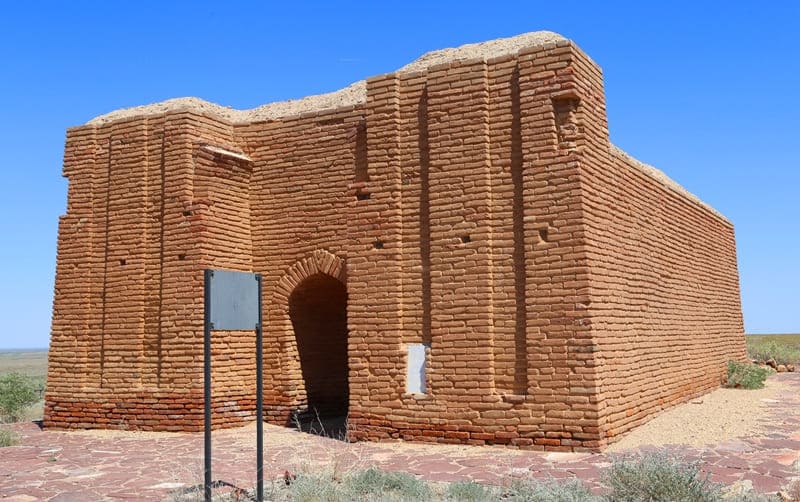
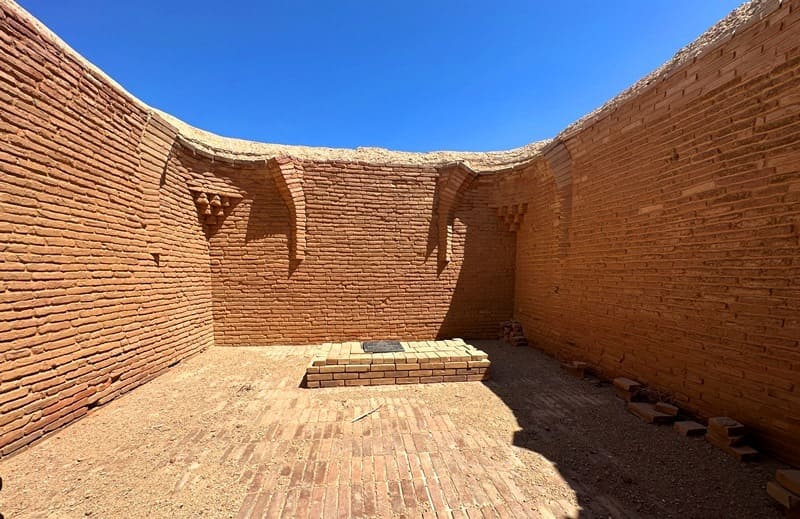
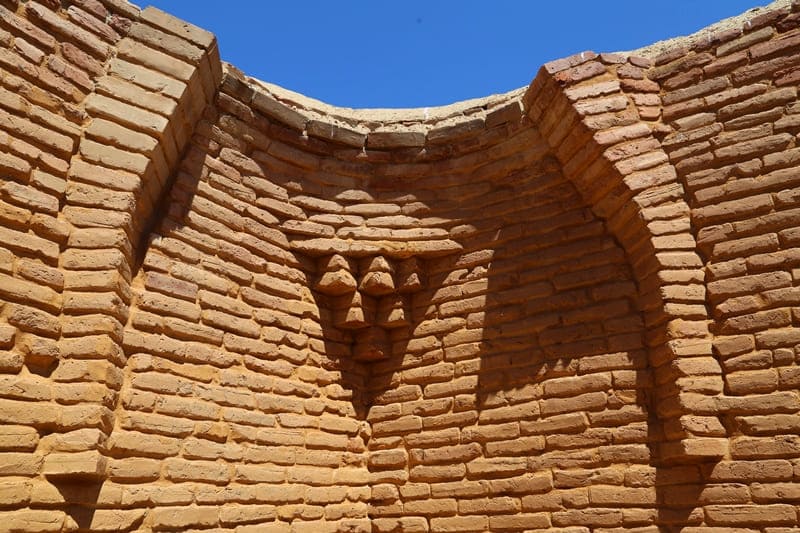
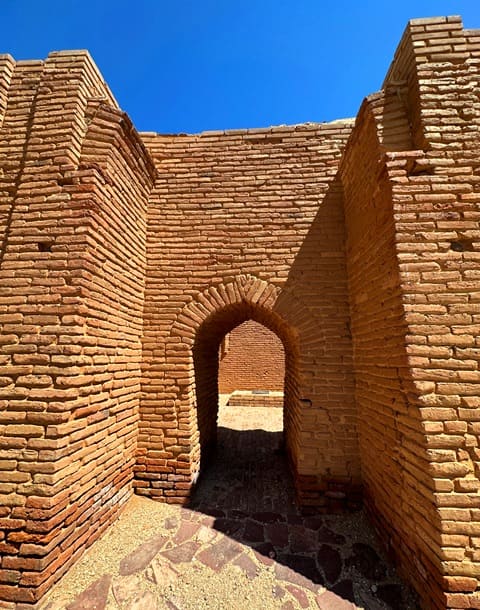
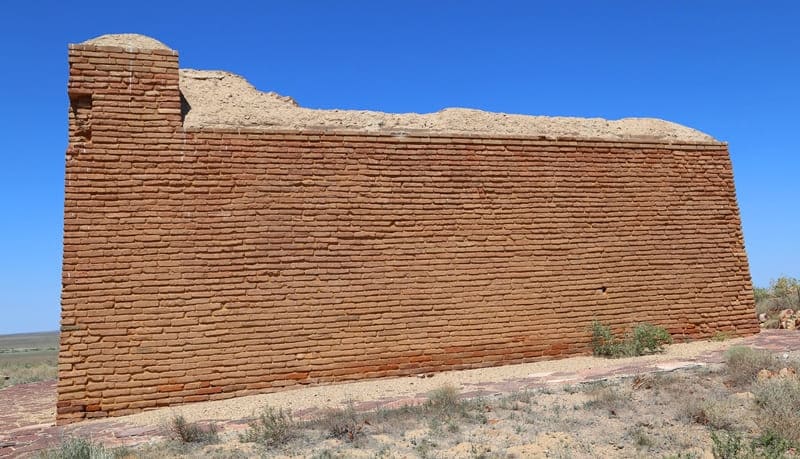
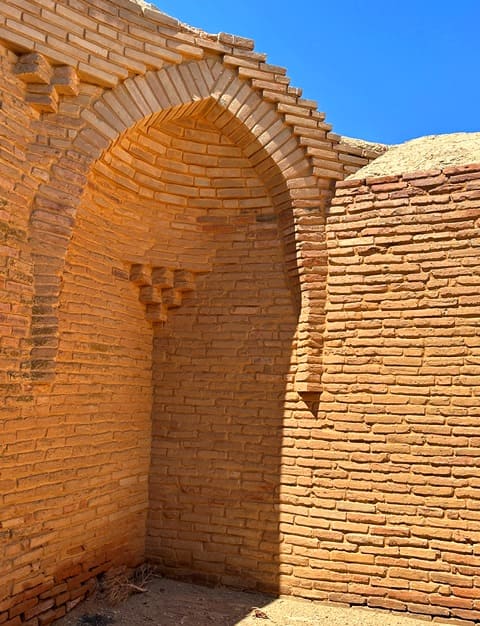
Authority:
https://ru.wikipedia.org
Alexander Petrov, Vitaly Shuptar.
Photos by:
Alexander Petrov.







